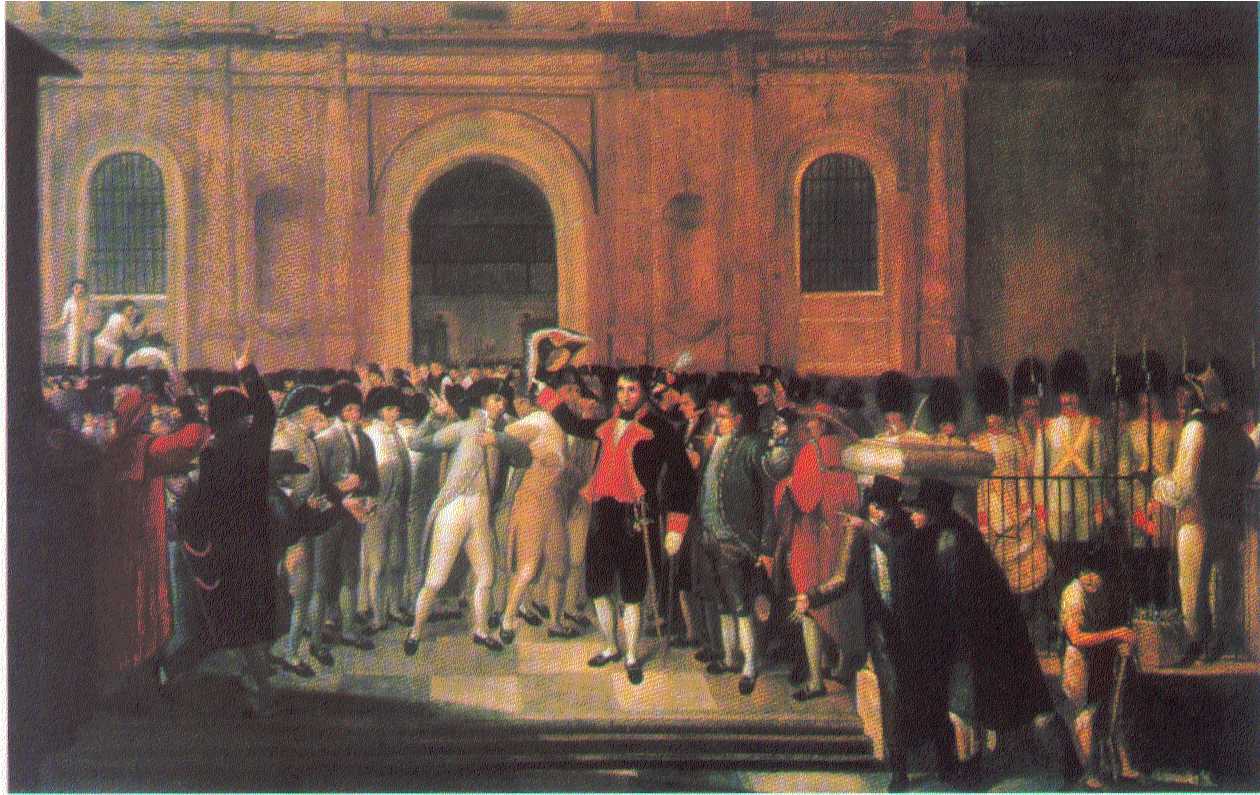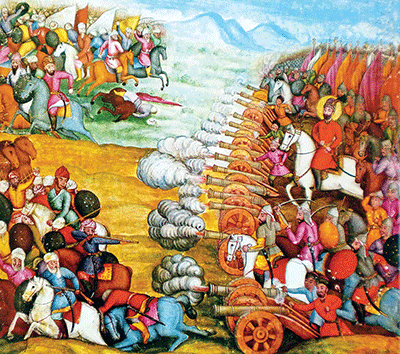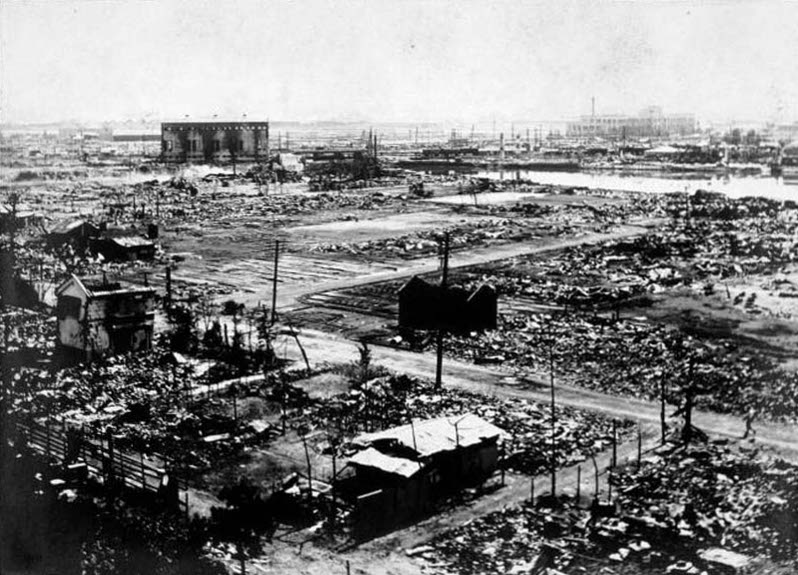|
Ono Ranzan
, also known as , was a Japanese botanist and herbalist, known as the "Japanese Linnaeus". Ono's real surname was ; his adult given name was . became his art name and his Chinese style courtesy name. He was born in Kyoto to a courtly family, and studied in his youth under Matsuoka Shoan. In 1754, he opened a school of botanical pharmacology (pharmacognosy) which enjoyed considerable success, with over a thousand pupils enrolling. One student who studied under Ono at this time was Kimura Kenkadō. In 1799, he was given a post at the Seijūkan, the country's major government medical school in Edo. Here he worked extensively on a translation into Japanese of Rembert Dodoens' herbal guide, the ''Cruydeboeck''. Ono was familiar with Western herbalism (making use of the work of Johann Wilhelm Weinmann in his translation) and had studied both traditional Chinese medicine and Western medicine as well. Some of Ono's own works on Japanese botany were translated by the French botani ... [...More Info...] [...Related Items...] OR: [Wikipedia] [Google] [Baidu] |
Ono Ranzan By Tani Bunchō
ONO, Ono or Ōno may refer to: Places Fiji * Ono Island (Fiji) Israel * Kiryat Ono * Ono, Benjamin, ancient site Italy * Ono San Pietro Ivory Coast * Ono, Ivory Coast, a village in Comoé District Japan * Ōno Castle, Fukuoka * Ōno District, Fukui * Ōno District, Gifu * Ōno District, Ōita * Ōno, Chita District, Aichi * Ōno, Fukui * Ono, Fukushima * Ōno, Gifu * Ōno, Hiroshima * Ōno, Hokkaidō * Ono, Hyōgo * Ōno, Ibaraki * Ōno, Iwate * Ōno, Ōita * Ōno River, in Ōita Prefecture United States * Ono Island (Alabama) * Ono, California * Ono, Kentucky * Ono, Pennsylvania * Ono, Wisconsin People and language * Ono (surname), including a list of people bearing the name *Ono language ONO * The FAA identifier of Ontario Municipal Airport in Ontario, Oregon * Organization of News Ombudsmen (ONO) * ONO (Spain), a Spanish cable company ** ONO Estadi, a football stadium in Mallorca, Spain, named for the cable company * ONO, the name Yoko Ono uses for r ... [...More Info...] [...Related Items...] OR: [Wikipedia] [Google] [Baidu] |
Bencao Gangmu
The ''Bencao gangmu'', known in English as the ''Compendium of Materia Medica'' or ''Great Pharmacopoeia'', is an encyclopedic gathering of medicine, natural history, and Chinese herbology compiled and edited by Li Shizhen and published in the late 16th century, during the Ming dynasty. Its first draft was completed in 1578 and printed in Nanjing in 1596. The ''Compendium'' lists the ''materia medica'' of traditional Chinese medicine known at the time, including plants, animals, and minerals that were believed to have medicinal properties. Li compiled his entries not only from hundreds of earlier works in the ''bencao'' medical tradition, but from literary and historical texts. He reasoned that a poem might have better value than a medical work and that a tale of the strange could illustrate a drug's effects. The Ming dynasty emperors did not pay too much attention to his work, and it was ignored. Li's work contained errors and mistakes due to his limited scientific knowledge ... [...More Info...] [...Related Items...] OR: [Wikipedia] [Google] [Baidu] |
People From Kyoto
The term "the people" refers to the public or common mass of people of a polity. As such it is a concept of human rights law, international law as well as constitutional law, particularly used for claims of popular sovereignty. In contrast, a people is any plurality of persons considered as a whole. Used in politics and law, the term "a people" refers to the collective or community of an ethnic group or nation. Concepts Legal Chapter One, Article One of the Charter of the United Nations states that "peoples" have the right to self-determination. Though the mere status as peoples and the right to self-determination, as for example in the case of Indigenous peoples (''peoples'', as in all groups of indigenous people, not merely all indigenous persons as in ''indigenous people''), does not automatically provide for independent sovereignty and therefore secession. Indeed, judge Ivor Jennings identified the inherent problems in the right of "peoples" to self-determination, as i ... [...More Info...] [...Related Items...] OR: [Wikipedia] [Google] [Baidu] |
Japanese Pharmacists
Japanese may refer to: * Something from or related to Japan, an island country in East Asia * Japanese language, spoken mainly in Japan * Japanese people, the ethnic group that identifies with Japan through ancestry or culture ** Japanese diaspora, Japanese emigrants and their descendants around the world * Japanese citizens, nationals of Japan under Japanese nationality law ** Foreign-born Japanese, naturalized citizens of Japan * Japanese writing system, consisting of kanji and kana * Japanese cuisine, the food and food culture of Japan See also * List of Japanese people * * Japonica (other) * Japanese studies , sometimes known as Japanology in Europe, is a sub-field of area studies or East Asian studies involved in social sciences and humanities research on Japan. It incorporates fields such as the study of Japanese language, history, culture, litera ... {{disambiguation Language and nationality disambiguation pages ... [...More Info...] [...Related Items...] OR: [Wikipedia] [Google] [Baidu] |
19th-century Japanese Botanists
The 19th century began on 1 January 1801 (represented by the Roman numerals MDCCCI), and ended on 31 December 1900 (MCM). It was the 9th century of the 2nd millennium. It was characterized by vast social upheaval. Slavery was abolished in much of Europe and the Americas. The First Industrial Revolution, though it began in the late 18th century, expanded beyond its British homeland for the first time during the 19th century, particularly remaking the economies and societies of the Low Countries, France, the Rhineland, Northern Italy, and the Northeastern United States. A few decades later, the Second Industrial Revolution led to ever more massive urbanization and much higher levels of productivity, profit, and prosperity, a pattern that continued into the 20th century. The Catholic Church, in response to the growing influence and power of modernism, secularism and materialism, formed the First Vatican Council in the late 19th century to deal with such problems and confirm cer ... [...More Info...] [...Related Items...] OR: [Wikipedia] [Google] [Baidu] |
1810 Deaths
Events January–March * January 1 – Major-General Lachlan Macquarie officially becomes Governor of New South Wales. * January 4 – Australian seal hunter Frederick Hasselborough discovers Campbell Island, in the Subantarctic. * January 12 – The marriage of Napoleon and Joséphine is annulled. * February 13 – After seizing Jaén, Córdoba, Seville and Granada, Napoleonic troops enter Málaga under the command of General Horace Sebastiani. * February 17 – Napoleon Bonaparte decrees that Rome would become the second capital of the French Empire. * February 20 – Tyrolean rebel leader Andreas Hofer is executed. * March 11 – Napoleon marries Marie-Louise of Austria by proxy in Vienna. April–June * April 2 – Napoleon Bonaparte marries Marie Louise of Austria, Duchess of Parma, in person, in Paris. * April 19 – Venezuela achieves home rule: Vicente Emparán, Governor of the Captaincy General of Venezuela, is removed by the people of Caraca ... [...More Info...] [...Related Items...] OR: [Wikipedia] [Google] [Baidu] |
1729 Births
Events January–March * January 8 – Frederick, the eldest son of King George II of Great Britain is made Prince of Wales at the age of 21, a few months after he comes to Britain for the first time after growing up in Hanover. For 23 years, Frederick is heir apparent to the British throne, but dies of a lung injury in 1751. * January 19 – At the age of 14, Joseph (José), Prince of Brazil, son of King John V of Portugal, is married to the 10-year-old Princess Mariana Victoria of Spain, eldest daughter of King Philip V of Spain. In 1750, the couple become King Joseph I and Queen Consort Mariana Victoria of Spain. * February 14 – King Philip V of Spain issues a royal '' cedula'', directing an effort to offer incentives to families from the Canary Islands for settlements in New Spain north of the Rio Grande in the modern-day U.S. state of Texas (→ Canarian Americans). * February 24 (February 13 O.S.) – In the city of Resht in Persia, Russia ... [...More Info...] [...Related Items...] OR: [Wikipedia] [Google] [Baidu] |
Ranzania Japonica
is a monotypic genus of perennial herbs in the family Berberidaceae. The only species is ''Ranzania japonica''. It is native to woodlands in the mountains of Honshu, Japan. This genus is named in honor of Ono Ranzan, who has been called "the Japanese Linnaeus". Fleshy stems of ''Ranzania'' form small colonies from an underground rhizome. Each stem bears two trifoliate compound leaves, and between the leaves is a single or more commonly a small cluster of drooping cup-shaped mauve flowers. These develop into an upright cluster of white berries. The haploid chromosome number is ''n''=7. Uses It is occasionally used in shade gardens in the west. Taxonomy The taxonomy of this plant has changed a fair amount. It was once placed in family Ranzaniaceae Takht. and also combined into genus ''Podophyllum ''Podophyllum'' is a genus of flowering plant in the family Berberidaceae, native from Afghanistan to China, and from southeast Canada to the central and eastern United States. The ge ... [...More Info...] [...Related Items...] OR: [Wikipedia] [Google] [Baidu] |
1923 Great Kantō Earthquake
The 1923 Great Kantō earthquake (, or ) was a major earthquake that struck the Kantō Plain on the main Japanese island of Honshu at 11:58:32 JST (02:58:32 UTC) on Saturday, 1 September 1923. It had an approximate magnitude of 8.0 on the moment magnitude scale (Mw), with its epicenter located southwest of the capital Tokyo. The earthquake devastated Tokyo, the port city of Yokohama, and surrounding prefectures of Kanagawa, Chiba, and Shizuoka, and caused widespread damage throughout the Kantō region. Fires, exacerbated by strong winds from a nearby typhoon, spread rapidly through the densely populated urban areas, accounting for the majority of the devastation and casualties. The death toll is estimated to have been between 105,000 and 142,000 people, including tens of thousands who went missing and were presumed dead. Over half of Tokyo and nearly all of Yokohama were destroyed, leaving approximately 2.5 million people homeless. The disaster triggered widespread social ... [...More Info...] [...Related Items...] OR: [Wikipedia] [Google] [Baidu] |
Nerima
is a Special wards of Tokyo, special ward in the Tokyo, Tokyo Metropolis in Japan. The ward refers to itself as Nerima City. , the ward has an estimated population of 721,858, with 323,296 households and a population density of 15,013 persons per km2, while 15,326 foreign residents are registered and 21.6% of the ward's population is over the age of 65. The total area is 48.08 km2. Districts and neighborhoods ;Kamiitabashi Area * Asahigaoka * Kotakechō ;Kaminerima Area * Asahimachi * Doshida * Hikarigaoka * Kasugacho * Mukōyama * Nukui * Tagara * Takamatsu ;Nakaarai Area * Nakamura * Nakamurakita * Nakamuraminami * Toyotamakami * Toyotamakita * Toyotamaminami * Toyotamanaka ;Nerima Area * Hayamiya * Hazawa * Heiwadai * Hikawadai * Kitamachi * Nerima * Nishiki * Sakaemachi * Sakuradai ;Ōizumi Area * Higashiōizumi * Minamiōizumi * Nishiōizumi * Nishiōizumimachi * Ōizumichō * Ōizumigakuen-chō ;Shakujii Area * Fujimidai * Kamishakujii * Kamishakujiiminami-chō ... [...More Info...] [...Related Items...] OR: [Wikipedia] [Google] [Baidu] |
Asakusa
is a district in Taitō, Tokyo, Japan. It is known for Sensō-ji, a Buddhist temple dedicated to the bodhisattva Kannon. There are several other temples in Asakusa, as well as various festivals, such as . History The development of Asakusa as an entertainment district during the Edo period came about in part because of the neighboring district, Kuramae. Kuramae was a district of storehouses for rice, which was then used as payment for servants of the feudal government. The keepers () of these storage houses initially stored the rice for a small fee, but over the years began exchanging the rice for money or selling it to local shopkeepers at a margin. Through such trading, many came to have a considerable amount of disposable income and as result theaters and geisha houses began to spring up in nearby Asakusa. For most of the 20th century, Asakusa remained a major entertainment district in Tokyo. The or "Sixth District" was in particular famous as a theater district, f ... [...More Info...] [...Related Items...] OR: [Wikipedia] [Google] [Baidu] |
Chinese Classics
The Chinese classics or canonical texts are the works of Chinese literature authored prior to the establishment of the imperial Qin dynasty in 221 BC. Prominent examples include the Four Books and Five Classics in the Neo-Confucian tradition, themselves an abridgment of the Thirteen Classics. The Chinese classics used a form of written Chinese consciously imitated by later authors, now known as Classical Chinese. A common Chinese word for "classic" () literally means 'warp (weaving), warp thread', in reference to the techniques by which works of this period were bound into volumes. Texts may include ''shi'' (, 'Chinese historiography, histories') ''zi'' ( 'master texts'), Chinese philosophy, philosophical treatises usually associated with an individual and later systematized into schools of thought but also including works on agriculture, Traditional Chinese medicine, medicine, mathematics, Chinese astronomy, astronomy, divination, art criticism, and other miscellaneous wri ... [...More Info...] [...Related Items...] OR: [Wikipedia] [Google] [Baidu] |






